8 Best Astrophotos Of The Last Week of Winter: Moon Craters, Sunspots, And More
1st Mar 2024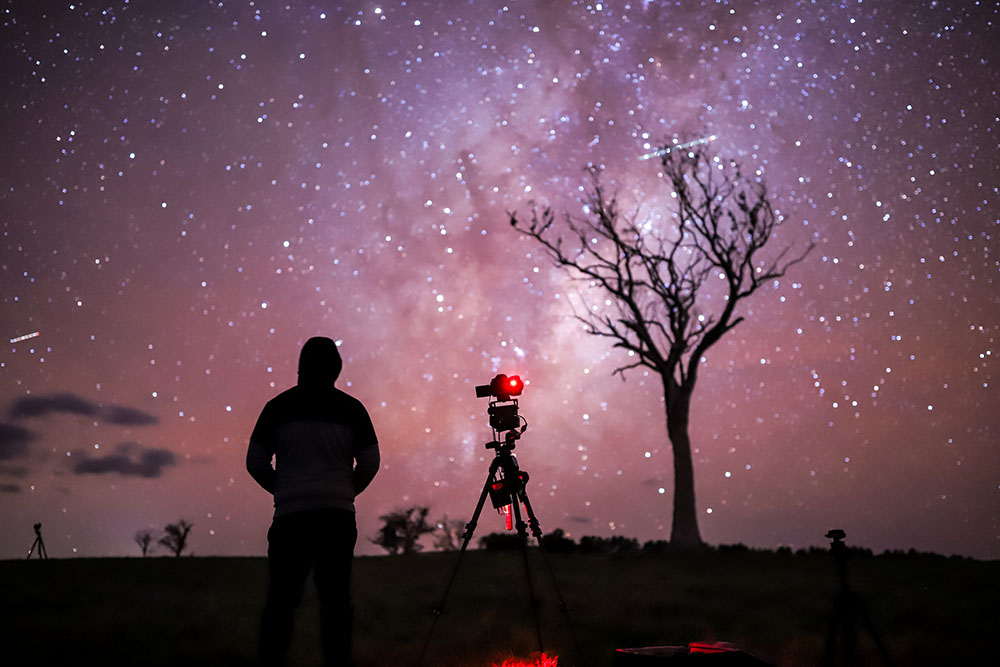
As the winter ends, it’s time to sum up with the most fantastic celestrial views of its last week! In this collection, we’ve curated eight of the most fantastic astrophotos made by amateur photographers on social media: from enchanting Moon craters to dynamic sunspots, and more.
Milkyway sighting from Montauk Lighthouse
Gaze upon the captivating sight of the Milky Way above Montauk Lighthouse, New York, USA. These astrophotos provide a breathtaking perspective that bridges the earthly and celestial realms.
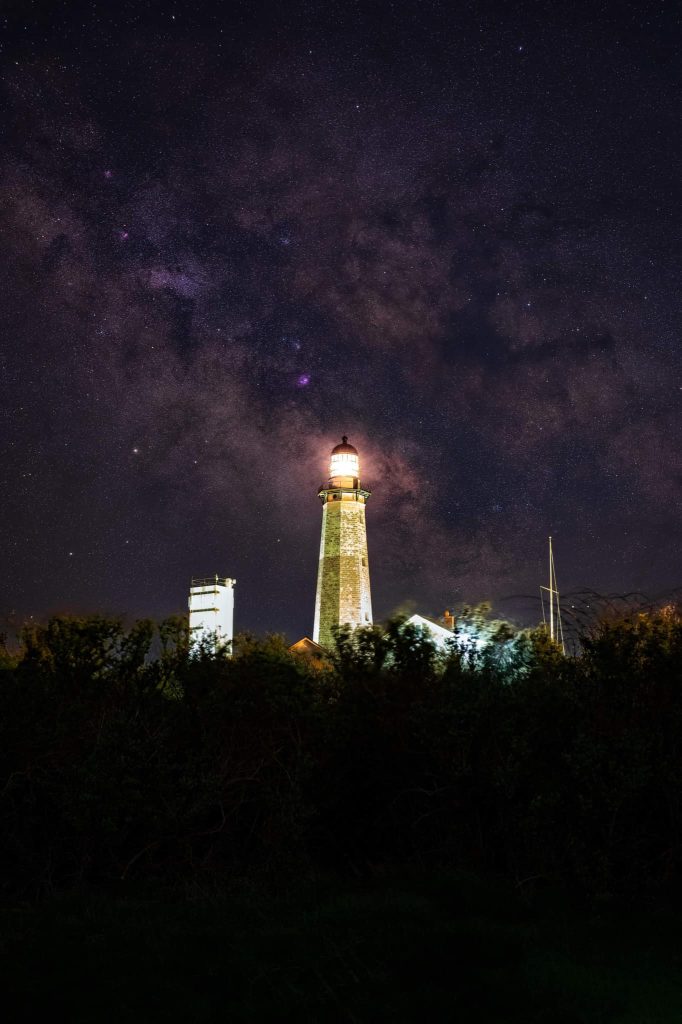
M16 Nebula in colour
This vivid portrayal of M16 reveals the stunning colors of star formation! M16 is also known as the Eagle Nebula, located in the constellation Serpens.
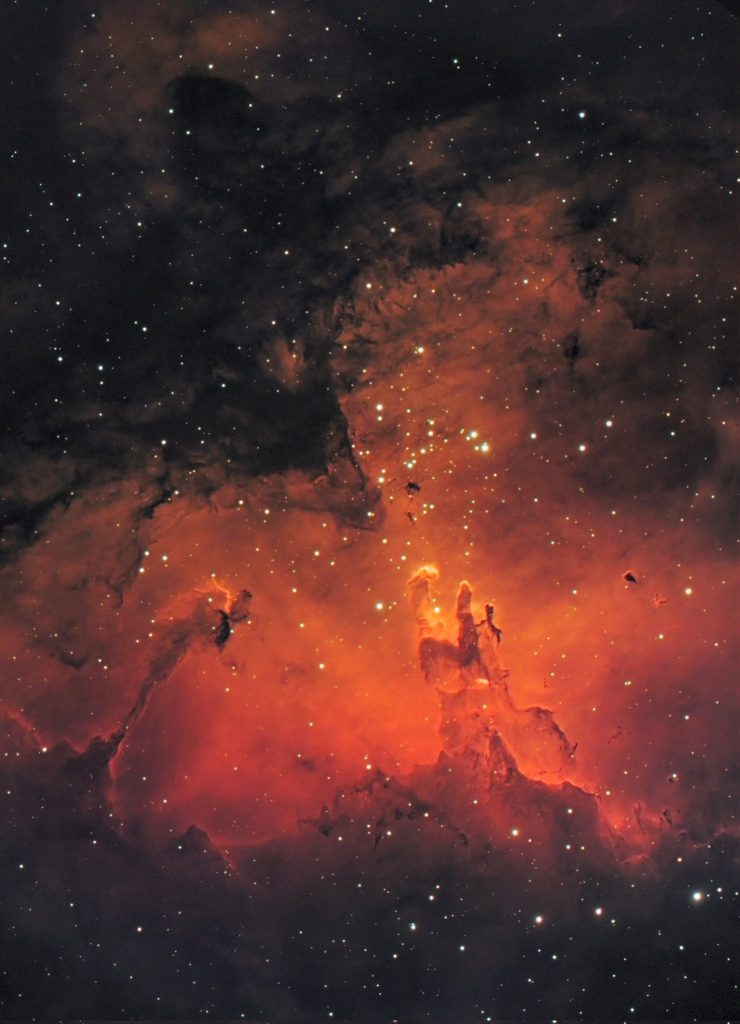
Omega Centauri Claster
“An impressive amount of stars packed very close together one another”, – author has written. Truly inspiring astrophotos!
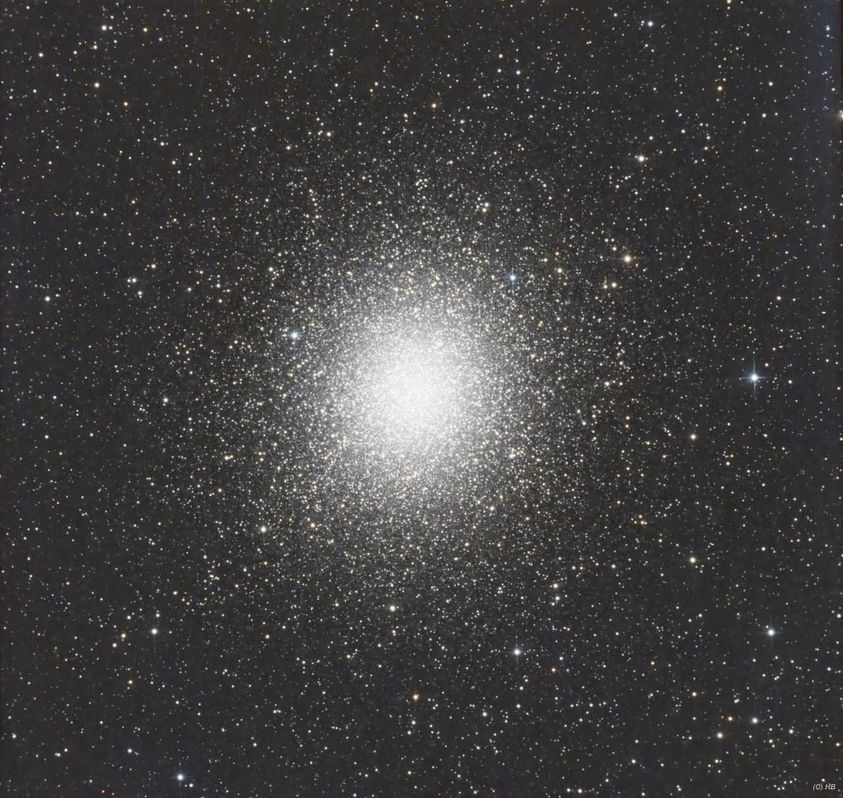
Moon Craters
In this astrophoto you can observe the southern region of the Moon. Prominent are the craters Longomontanus with its central peaks and Wilhelm. Toward the top of the image, Scheiner and Blancanus flank the mighty Clavius crater, which is largely in darkness. A unique chance to see the Moon craters that close!
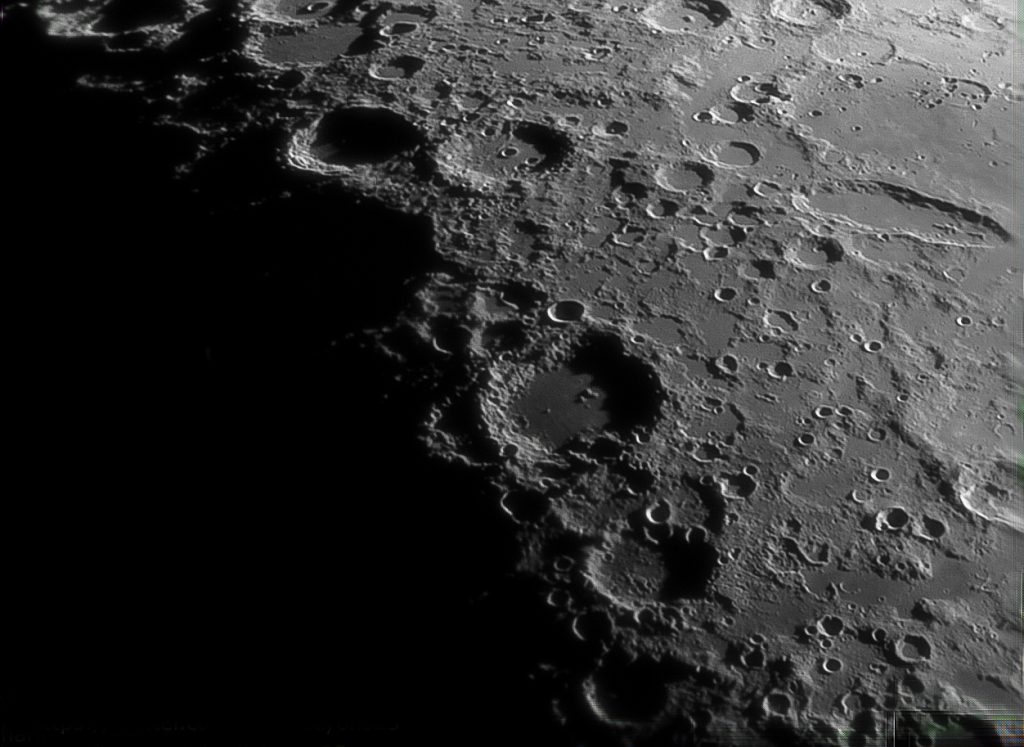
Rho Ophiuchi Region
Here is a large complex of bright and dark nebulae located in the constellation Ophiuchus. This complex of interstellar clouds is one of the nearest star-forming regions to the Sun.
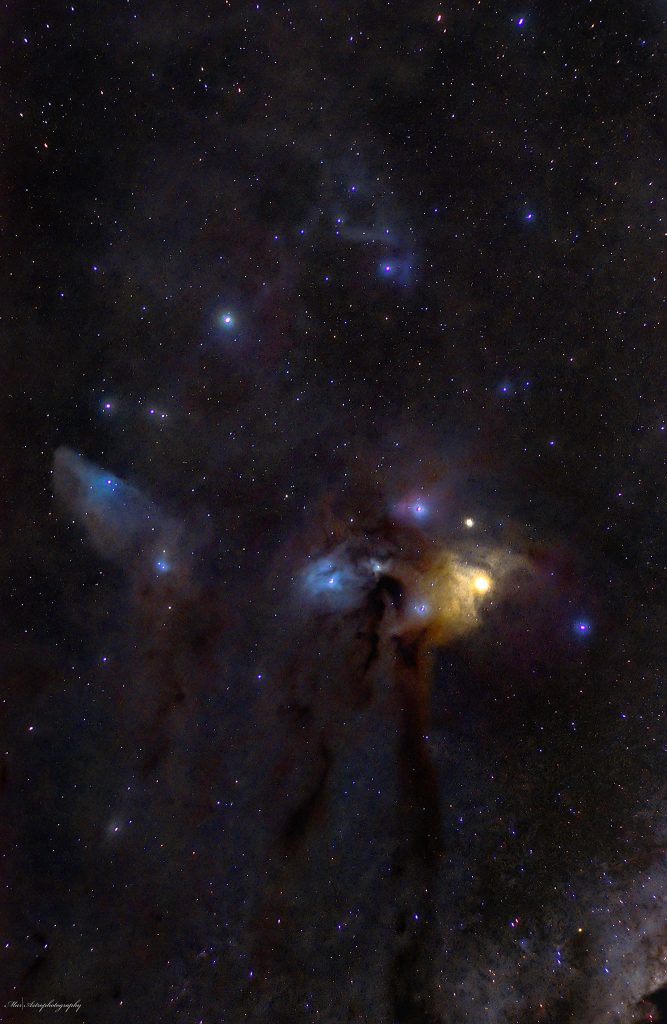
Observatory and the sky full of stars
A fantastic view of the observatory with plenty of stars on the background. The light of the observatory looks so special and harmonic in this astrophoto, doesn’t it?
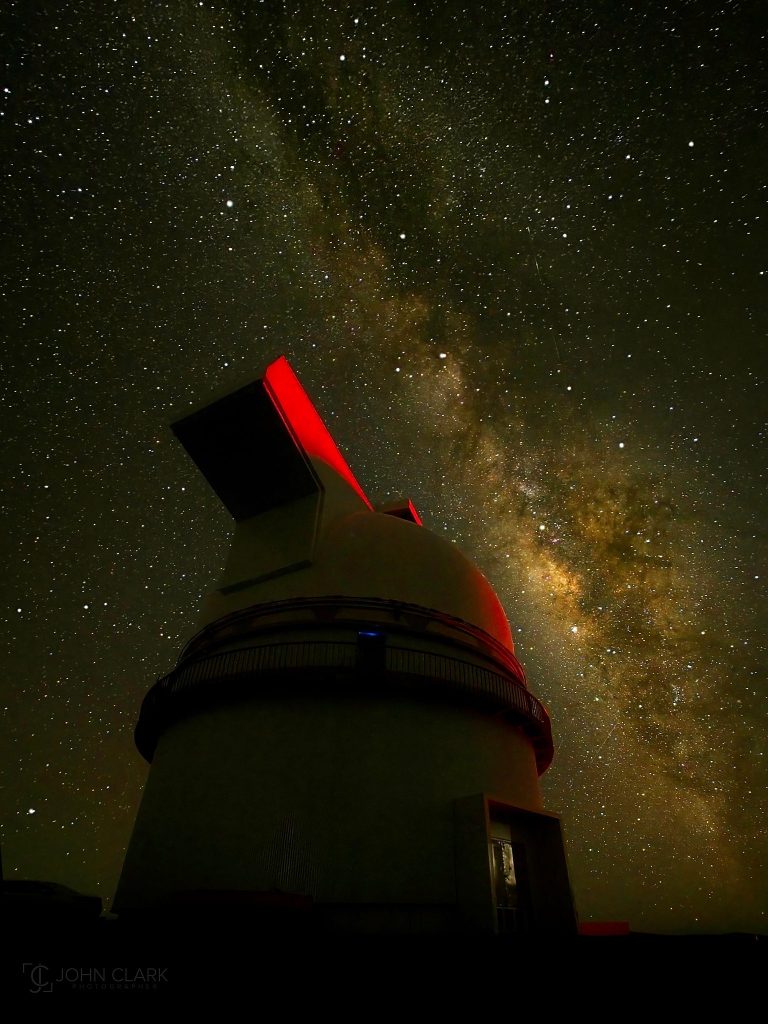
Iris Nebula
The nebula gets its name from the striking array of colors produced by the reflection of light off the dusty regions. Blue hues make it resemble a flower in some images – like here in this astrophoto
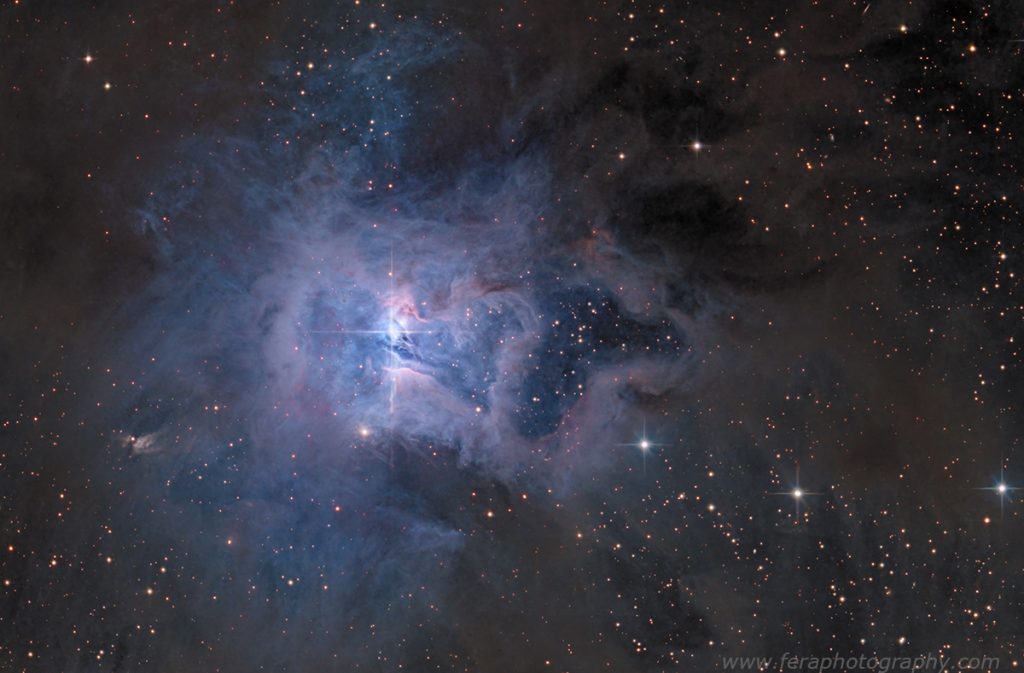
Sunspot region 3590
Sunspots are temporary phenomena on the Sun’s photosphere that appear as spots darker than the surrounding areas. They are mostly caused by magnetic activity. Sunspots follow an approximately 11-year solar cycle, during which their numbers increase and decrease. This cycle is associated with the Sun’s magnetic activity and has implications for space weather.
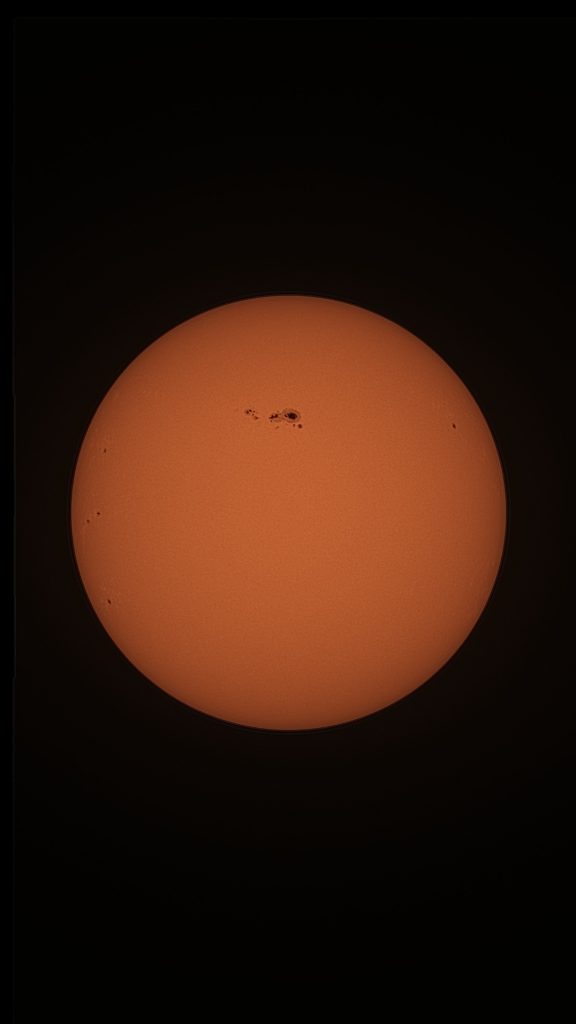
Join us next week as we usher in the wonders of spring in the night sky and reveal a fresh collection of the best astrophotos of the week!
![Beauty of the Pink Moon And Lyrid Meteor Shower in This Week’s Best Astrophotos [19-26 April] Beauty of the Pink Moon And Lyrid Meteor Shower in This Week’s Best Astrophotos [19-26 April]](https://orbitaltoday.com/wp-content/uploads/2024/04/Pink-Moon-is-on-its-way-above-the-mountains-1-300x300.jpg)





Thank you for your comment! It will be visible on the site after moderation.